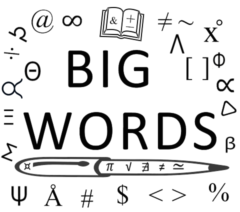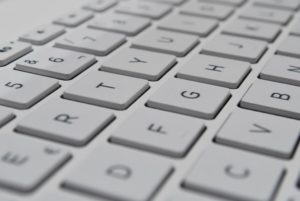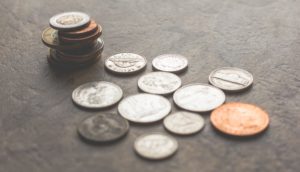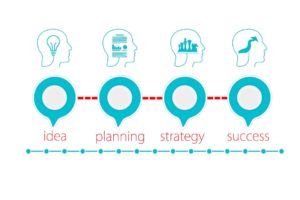Three of the key focuses of my blog are Financial Literacy/Money, Business/Entrepreneurshp and Technology. A major component of running any successful business today is properly leveraging technology and making sure that it’s up to date. The following contributed post is thus entitled; You Need to Keep Your Technology Up to Date: Here’s Why.
* * *

Image Credit: Unsplash
We all keep saying that technology is at the heart of every business – from your website to your business processes, technology keeps the world going round. But if this is really the case then why do so many businesses make do with ancient computers, outdated systems and lacking security systems?
The main reason is this: laziness. New technology might cost a lot but given the return on your investment, this shouldn’t be a stumbling block for most businesses. No, laziness is holding lots of businesses back but there are a few things that might get you out of your seat and into action!
You Don’t Have to Go It Alone
Though you might be worried at the prospect of new technology, any IT support company will be able to get you set up and running on a new system really quickly. They will also be able to offer you constant access to support so that if anything goes wrong, you will have someone to help fast.
Generally speaking, the latest technology is easier to fix up faster for 2 reasons: 1. it is already much faster than other technologies and 2. technology is always evolving and many programs are now updated regularly. This means that even if there is a problem, it is much more likely that a fix will be available.
If you want to keep your business open 24 hours a day, the right technology is crucial.
Increase Your Productivity
Technology has always been about increasing productivity by improving efficiency. From the first machines that took workers from their living rooms to the factory floor, technology has made work faster and cheaper to produce – no matter whether that is writing a blog or building a car. And with ever more creative technologies appearing on the market, you have a lot to take advantage of.
When it comes to upgrading your technology, you have 2 choices: to keep up with the crowd or to get ahead. Keeping up should be the bare minimum you do but getting ahead of the crowd could be the difference between being part of your industry and leading it. As any business owner knows, the more productive you are and the greater your efficiency, the better your reputation will be and the more likely you are to attract star talent – even better!
Impress Your Clients
It’s not just prospective job candidates who will be impressed by your use of technology – customers and clients are always looking for the companies who are pushing the boundaries of their industry. Even in businesses where you might think that technology would take a back seat, it can have a great impact – just consider the way that the internet has changed the retail industry.
The key is that your technology should be used to demonstrate to your clients that you aren’t just forward-thinking, but you are considering every aspect of their experience with you. The more innovative you are in finding technological solutions, the more impressive your business will look.








